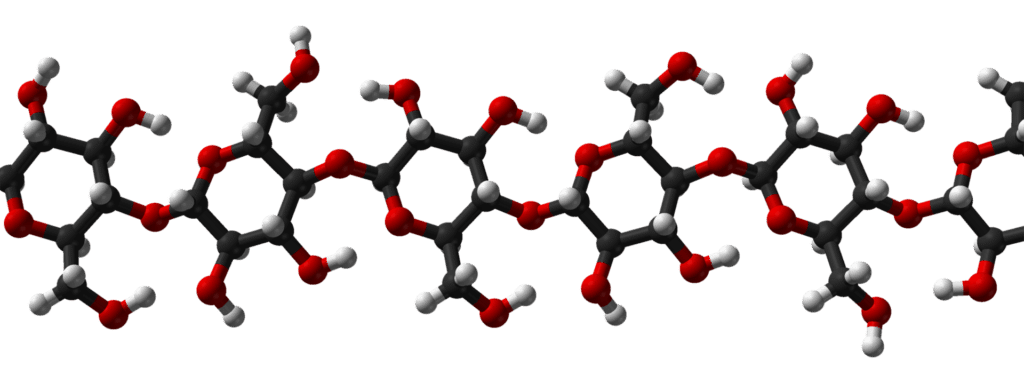DNA can adopt different three-dimensional structures and is a flexible molecule and A , B and Z are major structural forms of DNA.
The Watson-Crick model of DNA is known as the B form of DNA, or B-DNA, which is the biologically significant form, as it is the most commonly found and naturally occurring form in living organisms. It is also the most stable under physiological conditions.
However, other structural forms of DNA can exist due to the rotational flexibility in the sugar-phosphate backbone and changes in temperature. Two additional structural variants of DNA, called the A and Z forms, have been identified.
Although these forms differ significantly from the Watson-Crick structure, they still retain key properties such as base pairing, strand complementarity, and the antiparallel arrangement of the double helix.
Different Structural Forms of DNA
- B – form of DNA (B – DNA)
- A – form of DNA (A – DNA)
- Z – form of DNA (Z – DNA)
B – Form of DNA (B – DNA)
- B-DNA is the most familiar form of the double helix, also known as the Watson-Crick model.
- In this structure, the DNA consists of two right-handed helical strands wound around a common axis, held together by hydrogen bonds between the bases in an anti-conformation.
- The two strands are antiparallel and coiled in a plectonemic manner, with the nucleotides arranged in a 5′ to 3′ orientation on one strand pairing with complementary nucleotides in a 3′ to 5′ orientation on the opposite strand.
- The base pairing follows Chargaff’s rules, where a pyrimidine on one strand pairs with a purine on the other, resulting in A pairing with T (via double hydrogen bonds) and G pairing with C (via triple hydrogen bonds). This pairing involves matching a keto base with an amino base and a purine with a pyrimidine.
- These complementary base pairs provide a mechanism for the replication and copying of genetic information.
- The structure has 34 nm between base pairs, 3.4 nm per turn, and approximately 10 base pairs per turn.
- The diameter of B-DNA is about 2.0 nm (20 Å).
- The helix pitch is 34°, the base-pair tilt is -6°, and the twist angle is 36°.

A – Form of DNA (A – DNA)
- The key difference between A-form and B-form nucleic acids lies in the conformation of the deoxyribose sugar ring. In B-form, the sugar adopts a C2′ endo conformation, while in A-form, it is in the C3′ endo conformation.
- Another major difference is the positioning of the base pairs within the helix. In B-form, the base pairs are nearly centered along the helical axis, but in A-form, they are displaced toward the major groove, creating a ribbon-like helix with a more open cylindrical core in A-form.
- Both forms have a right-handed helix.
- A-form has 11 base pairs per turn, with an axial rise of 0.26 nm, a 28° helix pitch, and a 20° base-pair tilt.
- The twist angle in A-form is 33°, and the helix diameter is 2.3 nm.
Z – Form of DNA (Z – DNA)
- Z-DNA has a distinct structure compared to other forms, with its two strands coiled in left-handed helices and a pronounced zig-zag pattern in the phosphodiester backbone, which is the origin of its name.
- Z-DNA forms when the DNA sequence alternates between purines and pyrimidines, such as in GCGCGC. The guanine (G) and cytosine (C) nucleotides adopt different conformations, contributing to the zig-zag pattern.
- The most significant difference is at the guanine nucleotide, where the sugar adopts a C3′ endo conformation (similar to A-form DNA), while the guanine base takes on the syn conformation.
- In this syn conformation, the guanine base folds back over the sugar ring, unlike the usual anti conformation seen in A- and B-DNA. The anti conformation normally allows the base to easily form hydrogen bonds with its complementary base on the opposite strand.
- Z-DNA accommodates the distortion caused by guanine in the syn conformation, while the adjacent cytosine retains the typical C2′ endo, anti conformation.
- Z-DNA was discovered by Rich, Nordheim, and Wang in 1984.
- Like B-DNA, Z-DNA has antiparallel strands, but it is longer and thinner.
- Z-DNA has 12 base pairs per turn, an axial rise of 0.45 nm, a 45° helix pitch, and a 7° base-pair tilt.
- Its twist angle is -30°, and the helix diameter is 1.8 nm.


